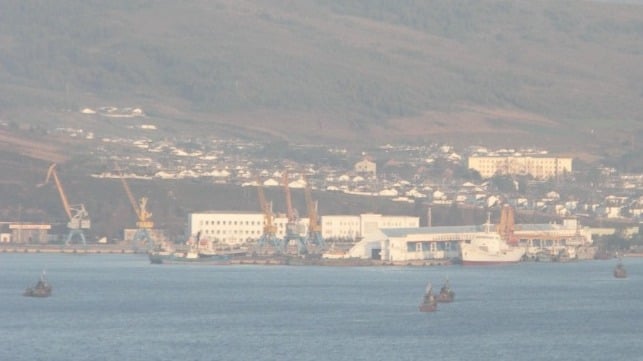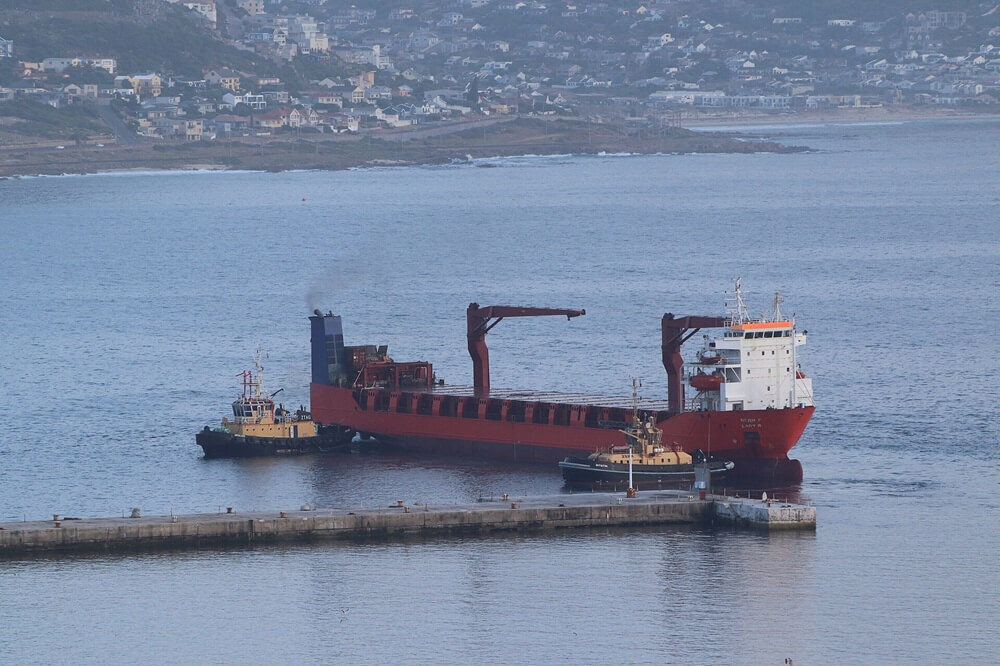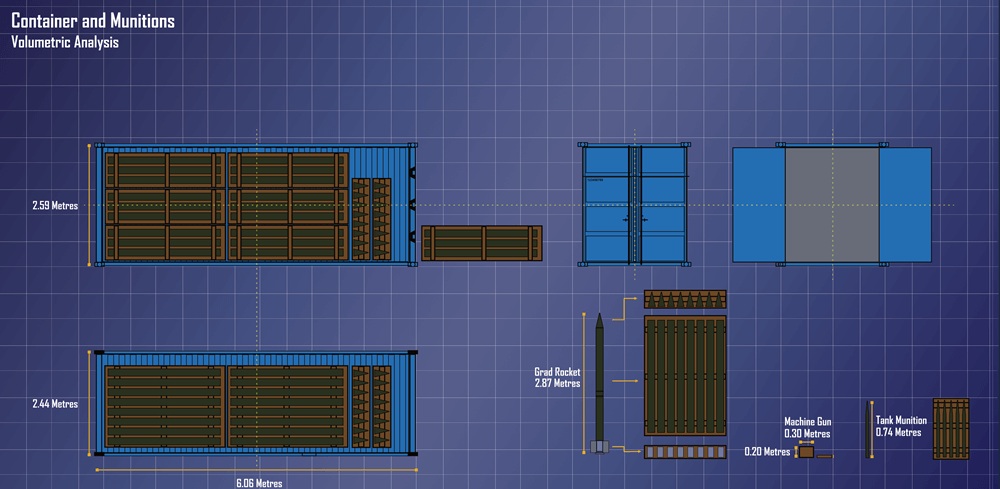North Korea is Shipping Billions of Dollars' Worth of Arms to Russia

North Korea has been a significant supplier of munitions to Russia for use in the conflict in Ukraine since 2022. This flow has included 152mm and 122mm artillery munitions, RPGs, and Grad rockets, critical for sustaining Russia's war effort. According to RUSI, by October 2023 an estimated 10,000 standard containers had been shipped. Now there are far more.
There have been multiple weapons transshipments from the DPRK’s port to Russia’s port in the Far East throughout 2023, 2024, and now 2025. The transportation was conducted through a sea lane between North Korea’s Rajin Port and the Dunai Military Facility in Russia, then rerouted via train through Tikhoretsk, not far from Rostov-on-Don and closer to the frontline.
According to NK Insight, satellite imagery shows that Rajin Port’s Pier 2 exported around 6,500 containers to Russia between June 2024 and February 2025. Recent analyses by Reuters and the Open Source Center indicate that the scale of arms shipments could be even larger than that: According to their findings, between September 2023 and March 2025, approximately 15,800 containers were transferred from Rajin Port in North Korea to the Russian ports of Dunai and Vostochny. Reuters made a conservative estimate that these shipments included of 4 to 6 million artillery shells, alongside other military supplies.

Russian military cargo ship Lady R (file image courtesy Limewrite / CC BY SA 4.0)

Illustration courtesy of the authors
Based on NK Insights’ data for June 2024 to February 2025, and our evaluation based on the size and weight constraints of standard shipping containers, we estimate that the 6,500 containers shipped during this nine-month period may have contained approximately 400,000 RPG-7s, 200,000 Grad rockets, and 500,000 artillery munitions (assuming a mix of cargo). Drawing on our previous work on the North Korean arms trade, we estimate that the contents of these 6,500 containers would be worth approximately $3.25 billion.
In return for these weapons, North Korea likely receives advanced technology (possibly spy satellite and submarine warfare capabilities), luxury goods, and other needed commodities, including crude oil. This support is crucial for its nuclear program.
The shipment numbers are significant, and it is rightly believed that without North Korean munitions, Russia couldn’t keep up its high rate of consumption in the war in Ukraine. At the same time, North Korea is receiving oil by sea from Russia. Since the value of the exchange is so high for both sides, the relationship between Russia and North Korea is likely going to be stable in the short to medium term. This deepening alignment between Russia and North Korea has significant geopolitical implications for East Asia and the international order, potentially leading to a more combative North Korea.
Dr. Giangiuseppe Pili is an Assistant Professor in the Intelligence Analysis Program at James Madison University. He was previously a Research Fellow at Open Source Intelligence and Analysis at the Royal United Services Institute and is now a RUSI Associate Fellow (Proliferation and Nuclear Policy). He is a Senior Non-Resident Associate Fellow at NATO Defence College.
Cosimo Meneguzzo is an expert in business and economic analysis, as well as economic development. He has extensive experience consulting for private manufacturing and service companies, in addition to supporting public entities in policy formulation and implementation. He has founded innovative ventures and collaborated with research institutions and universities. His main publications focus on new technologies and the circular economy.
Top image: Port of Rajin, North Korea (Catriana Nicholson / CC BY SA 2.0)
The opinions expressed herein are the author's and not necessarily those of The Maritime Executive.
